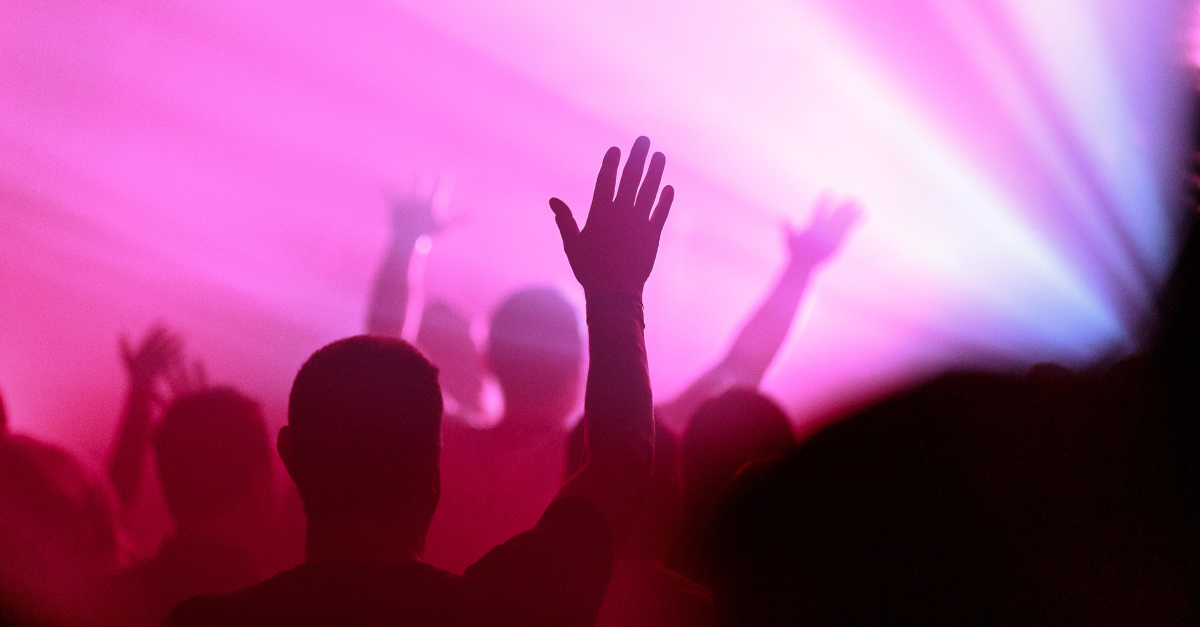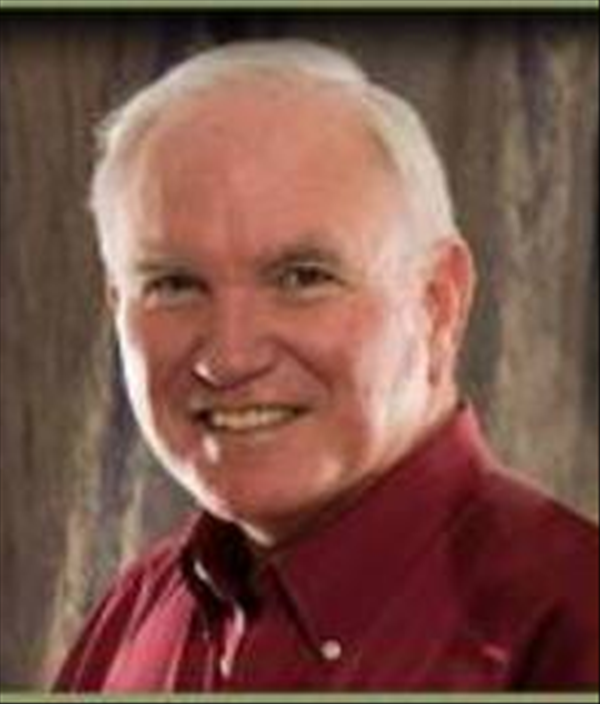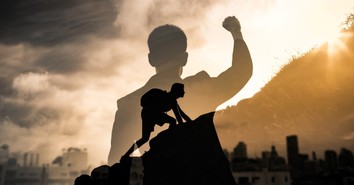How Do You Know If a Revival Is Real?

Editor's Note: Dr. Roger Barrier went to be with the Lord on February 16th, 2024. Dr. Barrier's family is honoring his legacy by continuing the ministry of Ask Roger and preachitteachit.org for years to come as they share more than two thousand still-unpublished sermons and Ask Roger articles. All articles authored by Dr. Barrier that are published and republished are done posthumously.
Dear Roger,
I’ve been watching the Asbury Revival closely, as well as the other revivals that are breaking out around the world. Part of me is absolutely thrilled to see God moving so powerfully in the next generation. But I also have some reservations—are people just joining in an emotional moment? Or are they inflating what’s really happening for the sake of media attention? How can we tell if a specific revival is from God?
Thank you!
Eva
George Whitefield stood only 4’5” tall. But he was a spiritual giant in the hands of Almighty God.
Whitefield helped to ignite the First Great Awakening in the mid-1700s, a religious revival that became the first mass spiritual movement in American history. He traveled extensively across the colonies, and nearly 80% of the colonists heard him preach! At its core, the Awakening changed the way that people experienced God:
It pleased God to display his free and sovereign mercy in the conversation of a great multitude of souls in a short space of time, turning them from a formal, cold, and careless profession of Christianity to the lively exercise of every Christian grace and the powerful practice of our [faith]. (A Narrative of Surprising Conversions)
A Quick History of Early American Revivals
Revivals often happen when people feel that things have gone wrong and are trying to recapture something that has been lost. Let’s take a little walk through past revivals to better understand what’s happening today.
Jonathan Edwards (1703-1758) was an extremely influential pastor who also helped nurture the First Great Awakening. Like Whitefield, he was deeply concerned that the spiritual fervor of the Colonies was dissipating.
Traveling throughout New England, he called for repentance, renewal, and a return to the simple gospel. His most powerful sermon was titled, “Sinners in the Hands of an Angry God,” in which he pictured people without Christ dangling over the fire pit of hell. When he read from Psalm 73, “and their feet will slip in due time,” the spirit of judgment and conviction was so strong that entire congregations wept and cried out for mercy.
Charles Finney is probably best known for his contribution to the religious movement known as the Second Great Awakening in the 1830s. At the heart of this movement was a series of revivals. Finney used emotional sermons to urge his audiences to devote their lives to Christ, ultimately leading to authentic spiritual conversion for more than 500,000 people!
Soon after, in what’s now called “The Great Prayer Meeting Revival of 1857,” prayer meetings started by businessmen in New York City caught fire, with revivals breaking out all across the United States and around the world. More than two million people began relationships with Jesus Christ. Over the following 20 years, Dwight L. Moody held revival meetings in America’s biggest cities, with millions more turning to Jesus.
At the turn of the century, revivals were still sweeping the country on a regular basis, with Billy Sunday preaching to millions of people and millions coming to believe in Jesus Christ or renewing their commitment to the faith. In the meantime, the Azusa Street Revival held revival prayer meetings for more than three years, birthing both the Pentecostal and Charismatic movements.
The 1940s and ’50s saw the development of a great generation of Christian leaders like Billy Graham and Bill Bright (founder of Campus Crusade for Christ). Revivals became extremely large events, with filled stadiums and television coverage and hundreds of millions of people responding.
The list of American revivals goes on and on.
My Personal Experience with Revival
In 1970, the first Asbury Revival erupted on the campus of Asbury University in Wilmore, Kentucky, during a routine chapel service. For 185 hours, students and faculty members alike shared their testimonies, prayed for one another, asked for forgiveness, and worshipped God.
No one was leading it. No one had planned it.
The president of Asbury at the time, David Kinlaw, acknowledged that he was skeptical at first, wondering if the revival was simply contagious emotions. But after spending a few hours with the students, he said, “the only way I know to account for this is that the Lord walked into Hughes Auditorium, and you’ve got a whole community paying tribute to His presence.”
Asbury students began to travel to colleges all over the country, sharing their experiences with the revival … and new revivals began to spark everywhere they went.
When the Asbury team came to Baylor University, I couldn’t wait to attend. My wife, Julie, and I surrendered to full-time Christian ministry … we experienced God’s power, heard Him speak, and felt His love. And we would never be the same.
So, when reports of the current Asbury Revival began to come in, I was immediately transported back to that experience. Thousands of people from all over the world flocked to Hughes Auditorium again. I began to question if this one had the same authenticity as the one over fifty years ago. Was the Holy Spirit really moving? How much of the reports were social media hype?

Photo Credit: ©Getty Images/James Coleman
The Characteristics of an Authentic Revival
Looking across history, genuine revival always shows the following characteristics. Those who participate:
- Enter into concerted prayer and fervent praise.
- Sense the presence of God powerfully.
- Respond to the Holy Spirit’s conviction with sincere repentance.
- Thirst for God’s Word.
- Begin or renew an authentic relationship with Jesus Christ.
- Share personal testimonies with deep gratitude.
- Leave with a new passion for sharing the Gospel and living the Christian life.
After much research and reading, I believe that the current revival is absolutely an authentic outpouring of the Holy Spirit. Then, a friend of mine drove over to see the Asbury revival in person. She shared,
We arrived on campus at about 12:30 am this morning. The atmosphere was electric. Within a few minutes, it was standing room only. Singing. Cheering. Hands raised. Some people sat quietly with heads bowed. The worship was spontaneous and Spirit-led.
Honestly, it felt to me like we are seeing a repeat of the Acts 2 birth of the early church. Only it’s happening again in our Gen Z generation (and beyond). There is a hunger and a fire and a passion for what is true, and pure, and holy.
I found myself in that room not praying for revival, but for more of Jesus. In a world that can feel pretty hopeless, I left there last night filled to the brim with hope. Hope isn’t just an emotion. Hope has a name… Jesus. So grateful to experience this outpouring of God in this place.
“God, I’ve heard of your fame. I stand in awe of your deeds. Renew them in our day. In our time, make them known. In wrath, remember mercy.” (Habakkuk 3:2)
As of Sunday, February 26th, 21 college campuses, including Texas A&M and the University of Oklahoma, are experiencing revival. Reports are coming in from the Philippines and India of thousands of people being baptized daily. It seems to me that they are looking to get back to Jesus in a profound experiential way.
Today, many people sense that America in general and American Christians have lost their way. Many prayers center around the need for our country to return to Christ and to the Christian heritage that has given America great privilege and opportunity on one hand, and a desperate need for grace and forgiveness on the other. I pray that revival will result in a fulfillment of God’s promise:
“If my people, who are called by my name, will humble themselves and pray, and seek my face, and turn from their wicked ways, then I will hear from heaven, and I will forgive their sin and l will heal their land” (2 Chronicles 7:14).
Authentic revivals return the church to what it is supposed to be, the people of God faithfully following Jesus.
I hope this helps you understand the revival we’re seeing today as well as God’s future movement in our world.
Love, Roger
Sources:
Jonathan Edwards, “A Narrative of Surprising Conversions,” Jonathan Edwards on Revival, Carlisle: The Banner of Truth Trust, first published in 1736, p. 2.
Photo Credit: ©Getty Images/Kativ

This Ask Roger article may feature insights from Roger's wife, Dr. Julie Barrier, co-founder of Preach It, Teach It, worship minister, concert artist, and adjunct professor at Golden Gate Baptist Theological Seminary, or his daughter, Brie Barrier Wetherbee, a sought-after Bible teacher and conference speaker, author, analyst, and Christian theologian.
Originally published February 28, 2023.





